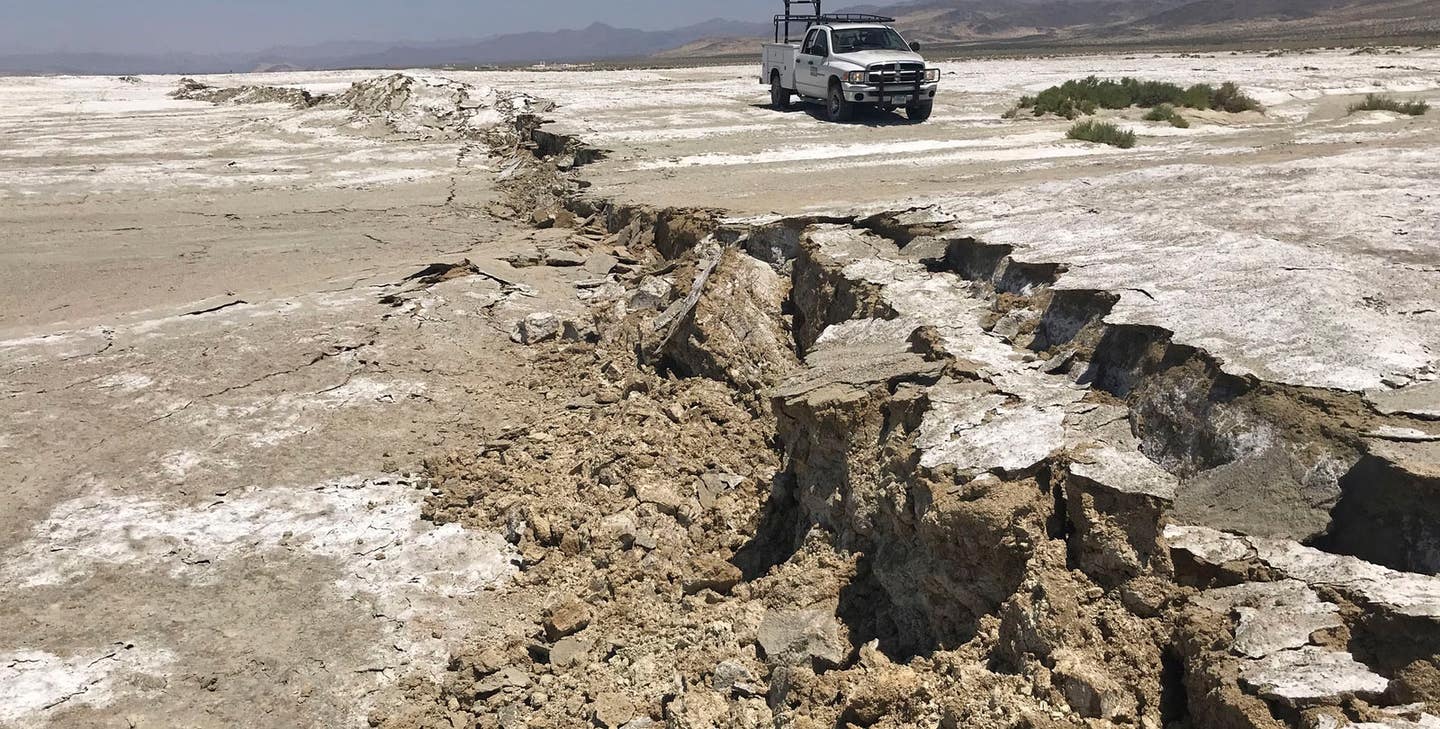Global fiber optic cable network could revolutionize earthquake detection
Scientists have developed an algorithm that uses fiber optic cables to detect earthquakes in real time, improving early warning systems worldwide.

Researchers have created a new earthquake detection method that uses fiber optic cables, enhancing early warning systems and seismic monitoring. (CREDIT: CC BY-SA 4.0)
Seismic activity plays a crucial role in understanding Earth's geological processes, from monitoring natural hazards to imaging subsurface structures. Traditional earthquake detection relies on seismometers, but recent advances in optical instrumentation have opened up new possibilities.
Distributed Acoustic Sensing (DAS) technology, which converts fiber optic cables into dense seismic sensor networks, allows for high-resolution seismic wavefield measurements over large areas. However, despite its potential, DAS faces limitations due to its single-component measurements and complex fiber network geometries.
A team of researchers, led by Dr. Thomas Hudson from ETH Zurich, has developed an innovative algorithm that integrates fiber optic cable data with traditional seismometer measurements.
Their study, published in Geophysical Journal International, presents a physics-based approach to detecting seismic activity in real-time, improving both earthquake monitoring and early warning systems.
The Challenges of Fiber Optic Seismic Detection
Turning fiber optic cables into seismic sensors is not straightforward. Unlike conventional seismometers, DAS measures strain along a single axis of the fiber rather than full three-dimensional ground motion. This makes fiber networks more sensitive to slower secondary waves (S-waves) than the faster primary waves (P-waves), which complicates earthquake detection and location accuracy.
Another challenge lies in the complexity of fiber optic networks. Unlike seismometer arrays, which can be strategically placed for optimal coverage, fiber optic cables follow paths dictated by infrastructure needs, often running through noisy urban environments. Distinguishing seismic signals from background noise is a significant hurdle.
Additionally, DAS generates massive amounts of data. A single fiber optic cable can function as thousands of sensors, creating a data-processing challenge. For earthquake early warning systems to be effective, they must process and analyze this data in real time, necessitating efficient algorithms.
Related Stories
A Physics-Based Solution
Dr. Hudson and his colleagues have developed an earthquake detection algorithm that overcomes these limitations by using back-migration. This technique maps observed seismic energy at fiber optic and seismometer receivers back through space and time to pinpoint the source of an earthquake. The method works well even in noisy environments because earthquake signals are more coherent than random background noise.
"A key strength of this physics-based approach is that it works well even in noisy environments, since noise is generally less coherent than an earthquake signal," said Hudson. "It can also be applied out-of-the-box to any fiber network."
Unlike traditional methods that require detailed knowledge of subsurface velocity structures, the new algorithm operates effectively with limited prior information. It capitalizes on spatial and temporal coherency in seismic waves to improve detection accuracy. This makes it particularly useful for regions where seismometer coverage is sparse but fiber optic networks are widespread.
For optimal earthquake detection algorithm performance, the researchers looked for the following:
- Maximize spatial coverage and sampling density.
- Exploit signal coherency.
- Maximize sensitivity to multiple seismic phases.
- Quantify event origin-time and phase arrival-time uncertainty.
- Optimize computational efficiency.
- (Bonus: towards universal applicability, while considering the trade-off with computational efficiency).
Expanding Earthquake Monitoring Capabilities
The integration of fiber optic cables into earthquake detection systems has broad implications. Fiber optic networks are already extensive in populated areas and span across oceans, presenting a unique opportunity for global seismic monitoring. In addition to earthquake detection, this approach can be used to monitor volcanic activity, geothermal boreholes, and even icequakes in glaciers.
"The ability to turn fiber optic cables into thousands of seismic sensors has inspired many approaches to use fiber for earthquake detection. However, fiber optic earthquake detection is not an easy challenge to solve," said Hudson. "Here, we lean on combining the benefit of thousands of sensors with a simple physics-based approach to detect earthquakes using any fiber optic cable, anywhere."
One of the most promising applications of this research is its potential inclusion in existing earthquake early warning systems. By combining fiber optic measurements with seismometer data, the system improves detection capabilities, especially in urban areas where rapid alerts can help mitigate damage and save lives.
While the new algorithm provides a powerful tool for seismic monitoring, challenges remain. Processing vast amounts of DAS data efficiently is still a work in progress, but the researchers have made significant strides.
"Although we don't claim to have completely solved the large data volume issue, we present pragmatic ways to deal with this, and our algorithm runs in real time for the datasets tested," Hudson added.
The algorithm has been made available as open-source software, allowing the broader seismology community to refine and expand its use.
This collaborative approach could accelerate advancements in earthquake detection, leading to more reliable and widespread seismic monitoring systems in the future.
Note: Materials provided above by The Brighter Side of News. Content may be edited for style and length.
Like these kind of feel good stories? Get The Brighter Side of News' newsletter.



